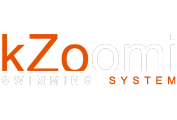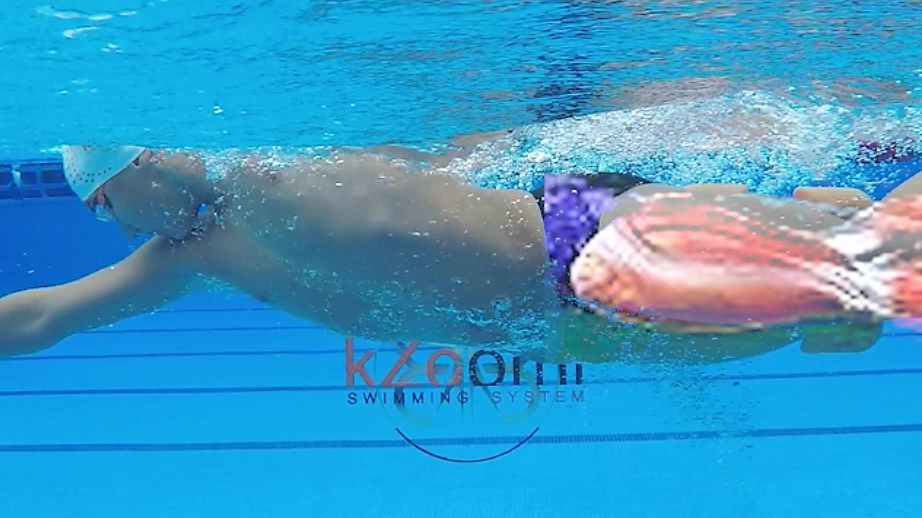Components of swimming styles
Components of swimming styles, unnatural on many occasions...
Swimming styles are the result of distinctive movement combinations, each one using different paths and characteristics synergistically.
Voluntary movements. They have a purpose, an objective. They are learnt and improved.
Reflex movements. They are fast, stereotyped and involuntary, controlled by the stimulus that triggers them.
Rhythmic motor movements. The conscious part is the beginning and the end, being an involuntary and repetitive action that becomes automatic. Swimming can be considered in this type of movement, especially when training time favors the absence of concentration in the technical gesture to have to endure its fatigue.
In our effort to achieve motor learning according to the most favorable biomechanical considerations, we must take into account the structures and benefits of our athletes at their anatomical level, but we must also pay attention to the common behavior of nervous mechanisms and how they affect in a generalized way.
From a physiological point of view, muscles classification is vital for our sport, since considering their characteristics and using the right tools in their proper measure, we can intervene and help to promote motor control in aquatic displacement.
From a physiological point of view, it is important to take into consideration muscles classification. The musculature that balances our body and provides stiffness resistance to it during training and consequently in competitions, needs to be treated in a special way, in each task and in each session.
“Medial and lateral muscles ... The base synergy in swimming”
Classification of medial and lateral musculature needs special treatment in learning and training to achieve a high-performance level, either with alternative or simultaneous movements, either during turns or slides. In recent years, coaches have realized how important is the physical conditioning of muscles involved in these gestures. Training of these muscles has triggered many exercises that enhance their action, looking for that transfer incorporated in each athlete’s swimming.
Many coaches have also gone further and challenge their imagination, bearing in mind that specificity within the water would give them better results. From kZoomi, we have tried to bring this concept to everyone, through a direct and adaptable application to any style, adding both training of motor learning and purely physiological training, going through the postural or hydrodynamic to finally reaching the emotional.
Medial muscles: Axial and proximal
Axial muscles, responsible for maintaining upper body’s posture, have a special treatment in our sport. Knowing how to place the upper body and proximal segments to perform motor act of displacement with profitability and performance, is beyond the control of most of our swimmers and in recent years, the exercises performed in dry for this purpose have been a clear contribution.
The mastery of being able to control the four styles, kickoffs, slides, approximations, turns and breath control during swimming is the territory of very few, or in the best of cases, of the specialists in one of them. Being able to adjust posture so that our center of gravity is close to the center of buoyancy, even above it, needs a space-time training of all this constant musculature during daily work, in addition to doing it integrated and with fatigue, if we want later, in the competition, keep it until the end.
If we really look for specificity, principle of basic training in motor learning, we need to do this work inside, in synergy and with fatigue, in addition to receiving the weightless information the environment gives us. In this way, we can be more direct and be able to integrate the work, besides being more effective.
But what happens when our swimmers do not close the movement towards the axial axis or excessively separate their thighs during displacement. The Proximal muscle, which controls the shoulder, elbow, pelvis and knee, provides stability and minimizes forward resistance. Its deal is vital, and the actions of our propulsive distal segments depend on its adjustment.
“Which factor is more constraining for performance: fatigue, rhythm’s wrong approach or gesture loss at the end of the tests?”
Distal and lateral muscles
Lateral or distal musculature is the complement of swimming actions, and from the point of view of willfulness, the one in charge of the most precise action, taking as its main aim the propulsion.
During different swimming styles action, complexity of the most effective execution needs posture adjustment so that the most distal parts can be placed at the optimal angles of attack and apply force, obtaining a more propulsive result. Cortex orders must follow an organized sequence to achieve this goal. Usually, and due to the balance our Brain and its structure naturally seek, motor actions must go, on many occasions, against what is programmed and look for the easiest and most economical solution, obtaining in most of the cases less effective adjustments than advised.
Carrying the Distal muscles motor commands to make the most suitable holds needs Medial and Proximal positioning in synergy, and the complexity of the actions without support are an added problem. Swimming forward and down, is a concept that we must install in the minds of our swimmers as it implies understanding that we must rotate until believe that we fall, and that is the point of imbalance that will make us faster and more profitable, while less resistant, in order to move through the water, using it in the best way to support us. Global swimming action requires the involvement of different nervous endings and the main one, the voluntary effector, is the Cortico-spinal, needing somatosensory information to assess its potential by activating hands and feet in the best propulsive way.
“Being able to maintain the center of gravity in the best displacement conditions, against buoyancy, needs deep support from distal parts while maintaining the lower body elevated ... an unnatural action that needs tools and training.”
J. Bonal Pedrón




